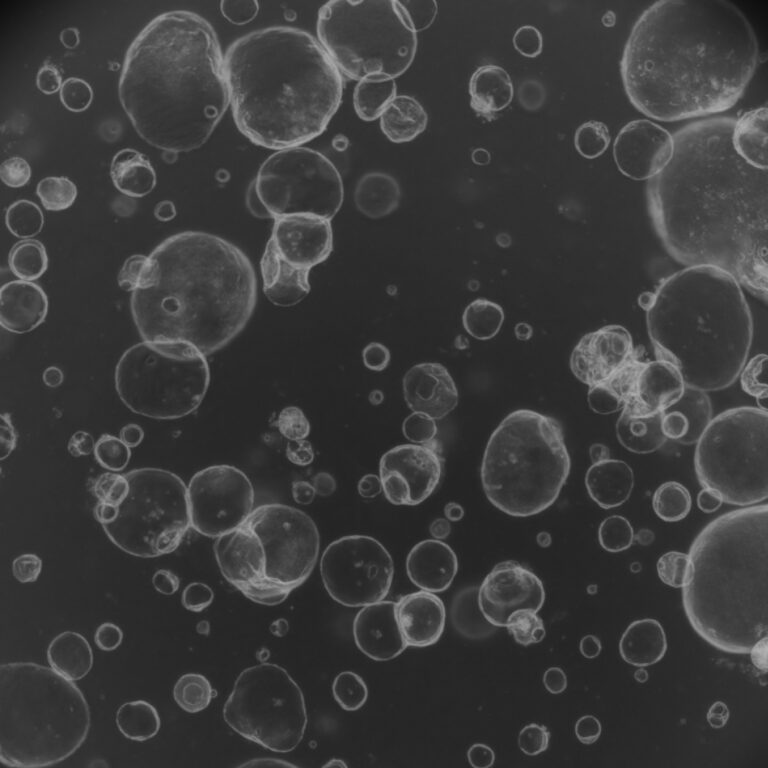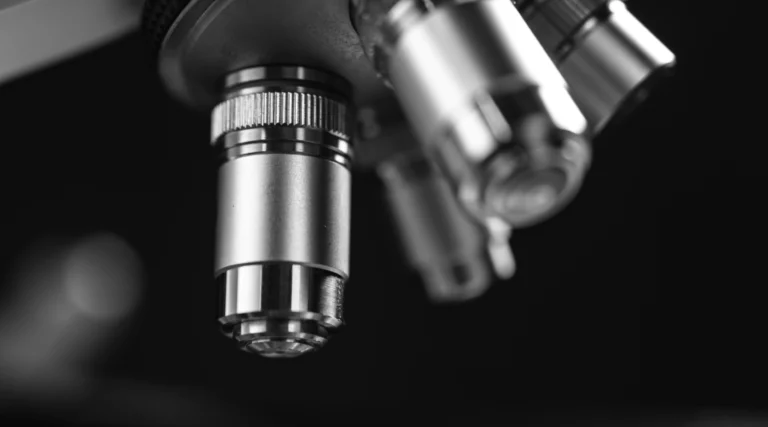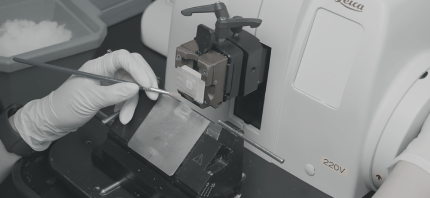Researchers delved into the genetic determinants of handedness by analyzing rare genetic variants from a vast dataset of over 350,000 individuals. Their focus on protein-coding parts of DNA uncovered a link between tubulin genes, which construct cells’ internal skeletons, and handedness. This study builds upon previous research that associated genetic variations with handedness and suggests tubulins’ involvement in shaping the brain’s left-right asymmetry during embryonic development. The findings, published in Nature Communications, particularly highlight a tubulin gene called TUBB4B, which showed increased prevalence in left-handed individuals. This discovery sheds light on how microtubules, formed by tubulins, could influence handedness by directing asymmetric fluid flows during development. Though rare variants only affect a small portion of the population, they offer insights into the broader mechanisms of brain asymmetry development. This research sets the stage for further exploration into the molecular intricacies shaping handedness and brain development.
Keywords: Genetic handedness, rare genetic variants, embryo cells, protein-coding



